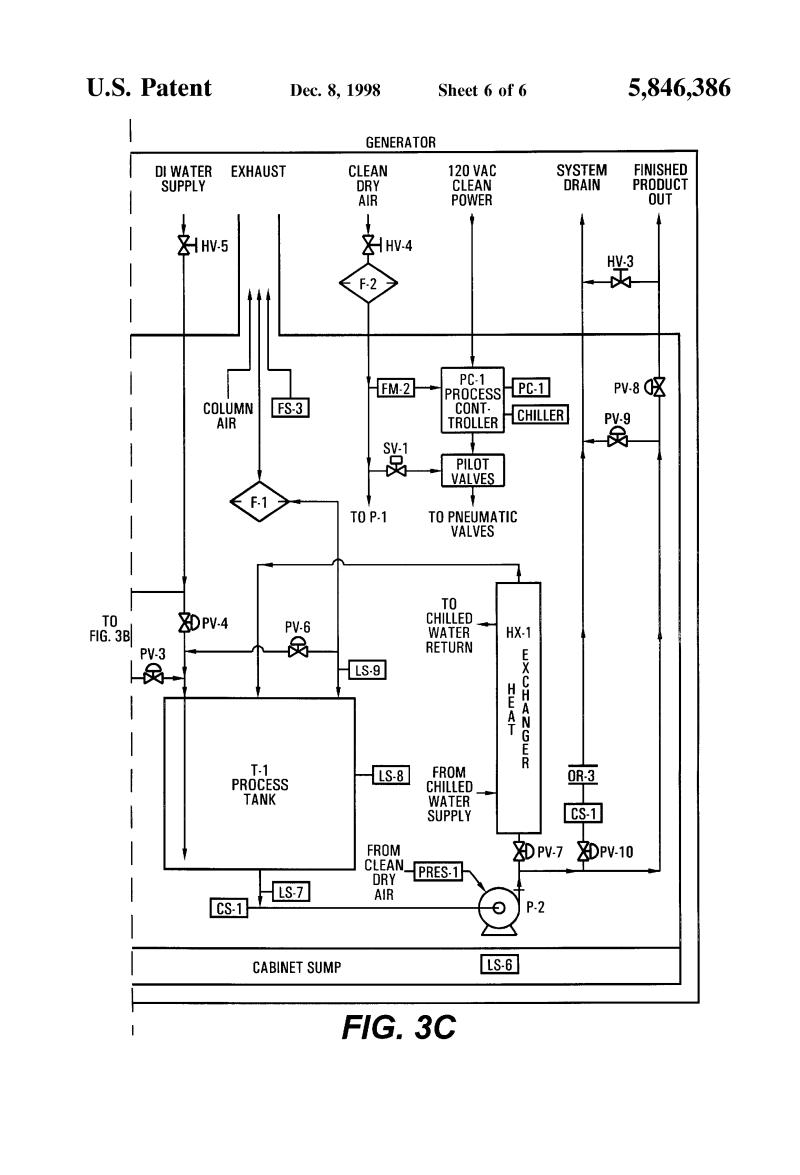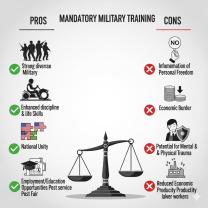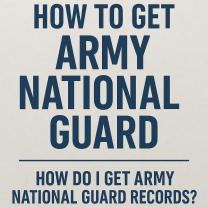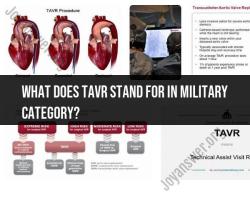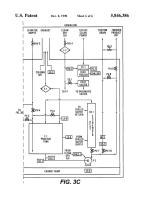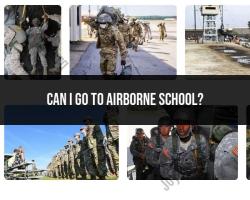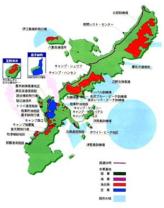What is the size of a military unit?
The size of a military unit can vary widely depending on its type, purpose, and the specific military organization. Military units can range from small teams or squads to large formations such as divisions or corps. Here are some common military unit sizes:
Fire Team: A fire team is the smallest unit in the military, typically consisting of 3 to 5 soldiers. It is led by a team leader and is often part of a larger squad.
Squad: A squad is comprised of multiple fire teams and typically consists of 8 to 12 soldiers. It is led by a squad leader and is a basic building block of infantry units.
Platoon: A platoon is a larger unit composed of multiple squads and typically consists of 20 to 50 soldiers. It is led by a platoon leader (usually a lieutenant) and is often tasked with specific missions or tasks.
Company: A company is a larger unit composed of multiple platoons and typically consists of 80 to 250 soldiers. It is led by a company commander (usually a captain) and is the basic building block of infantry battalions.
Battalion: A battalion is a larger unit composed of multiple companies and typically consists of 300 to 1,000 soldiers. It is led by a battalion commander (usually a lieutenant colonel) and is the basic building block of infantry brigades.
Brigade: A brigade is a larger unit composed of multiple battalions and typically consists of 2,000 to 5,000 soldiers. It is led by a brigade commander (usually a colonel) and is the basic building block of divisions.
Division: A division is a large unit composed of multiple brigades and typically consists of 10,000 to 20,000 soldiers. It is led by a division commander (usually a major general) and is capable of independent operations.
Corps: A corps is a major tactical formation composed of multiple divisions and typically consists of 20,000 to 50,000 soldiers. It is led by a corps commander (usually a lieutenant general) and is capable of conducting large-scale operations.
These are just examples, and military units can vary in size and structure depending on the specific branch of the military (e.g., Army, Navy, Air Force, Marines), the country's military organization, and the type of mission or operation being conducted.
Sizes of Military Units:
1. Typical Sizes:
Military unit sizes vary across branches and depend on function and purpose. Here's a general overview:
| Branch: | Smallest Unit: | Largest Unit: |
|---|---|---|
| Army: | Squad (10-12 soldiers) | Army Group (400,000-1,000,000 soldiers) |
| Navy: | Crew (50-200 sailors) | Fleet (tens of thousands) |
| Air Force: | Flight (4-12 planes) | Air Force (hundreds of thousands) |
2. Function and Mission:
Unit size depends heavily on its function and mission:
- Combat units: Tend to be smaller for flexibility and maneuverability (squads, platoons, companies).
- Support units: Can be larger due to logistical or administrative needs (battalions, brigades, divisions).
- Specialized units: Have unique sizes based on their roles (e.g., Special Forces teams are small, while engineer battalions are larger).
3. Factors Influencing Optimal Size:
Modern warfare presents various factors affecting unit size:
- Technology: Advancements in communication and firepower may allow for smaller, more dispersed units.
- Threat level: Facing a large, conventional force might require larger formations for combined firepower.
- Terrain: Dense terrain favors smaller units for infiltration and close-quarters combat, while open areas may suit larger formations.
- Logistics: Supplying and moving large units can be challenging, necessitating smaller sizes in remote areas.
- Command and control: Maintaining effective communication and leadership becomes complex with larger units.
Therefore, the optimal size depends on balancing these factors for each specific situation and mission.
Additional Notes:
- These are general ranges, and specific unit sizes within branches can vary based on doctrine and organization.
- Modern warfare often involves combined operations with units from different branches, further blurring size distinctions.
- Unit size is just one factor; leadership, training, and morale also significantly impact effectiveness.
Remember, this information is for general understanding and may not reflect all nuances of specific military structures.
